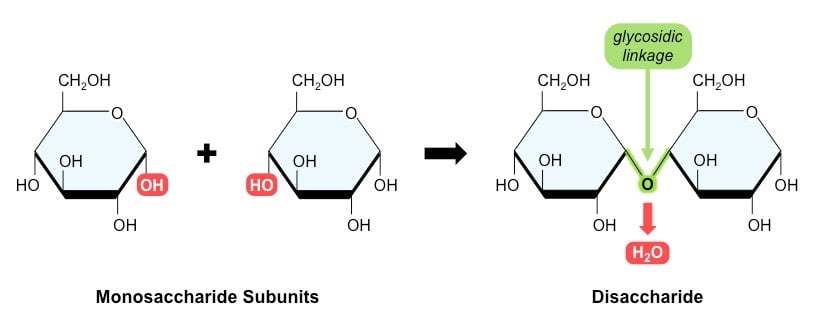

How does electrolysis separate hydrogen and oxygen?Įlectrolysis is the process of using an electrical current to separate water into hydrogen and oxygen gas. In English the equation says: To produce two molecules of water (H2O) two molecules of diatomic hydrogen (H2) must be combined with one molecule of diatomic oxygen (O2). The actual reaction to make water is a bit more complicated: 2H2 + O2 = 2H2O + Energy. As the oxygen collects in the top of the gas jar it pushes the water out. The gas produced is collected in an upside-down gas jar filled with water. To make oxygen in the laboratory hydrogen peroxide is poured into a conical flask containing some manganese(IV) oxide. "Our measurements now allow the best possible test of all potentials developed to date," says the researcher.How do you make oxygen from hydrogen peroxide? All the properties, such as density, conductivity or evaporation temperature, can be derived from the water potential. "This is a kind of multidimensional map that notes how the energy of the water molecules changes when the distances or angles between the molecules change," explains Martina Havenith. The interaction of the water molecules can also be represented in the form of what is known as water potential. "They rotate, open and close." However, a water molecule that has a second water molecule in its vicinity cannot rotate freely-this is why it is referred to as a hindered rotation.

"Water molecules are moving constantly," explains Martina Havenith. This experimental setup allowed the group to record a spectrum of the hindered rotations of two water molecules for the first time. Due to the low temperature, a stable bond occurs between two water molecules, which would not be stable at room temperature.

The droplets work like a vacuum cleaner that captures individual water molecules. To do this, they successively stored individual water molecules in a tiny droplet of superfluid helium, which is as cold as 0.4 Kelvin (or -272.75 degrees Celsius). The researchers analysed the water molecules at extremely low temperatures. A laser with especially high brightness, as is available at Radboud University's laboratory FELIX, was needed for the experiments. The absorption pattern reveals information about the attractive interactions between the molecules. The researchers send short pulses of radiation in the terahertz range through the sample, which absorbs part of the radiation. The team investigated the simplest conceivable interaction, namely between precisely two individual water molecules, using terahertz spectroscopy. "Describing these interactions has posed a challenge for research for decades," says Martina Havenith from Ruhr-Universität Bochum.Įxperiments at extremely low temperatures This is due to the special interactions between the water molecules. Water is the most important solvent in chemistry and biology and possesses an array of strange properties-for instance, it reaches its highest density at four degrees Celsius. A certain movement of individual water molecules against each other, called hindered rotations, is particularly important. For the first time, the researchers were able to completely observe all of the movements between the water molecules, known as intermolecular vibrations. Although water is omnipresent, the interaction between individual water molecules is not yet fully understood.


 0 kommentar(er)
0 kommentar(er)
